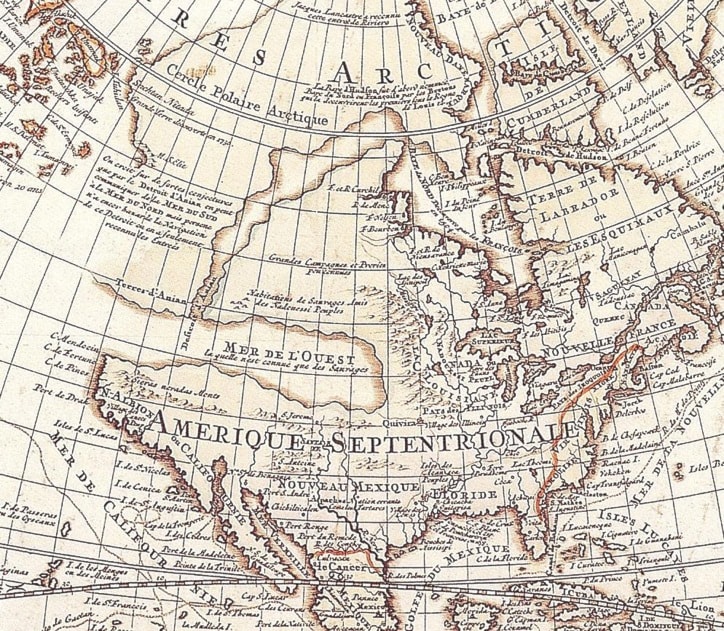Although local oral history and archeological investigations have both confirmed that First Nations have called the North Island home for between 8,000 and 12,000 years, European exploration took place much more recently.
Possibly the first European to visit the North Island, Sir Francis Drake set off on a secret mission from England, searching for the Northwest Passage. He would have reached Vancouver Island in about June 1579.
Some people think that local First Nations legends seem to indicate that Drake may have come at this time and introduced concepts of Christianity to First Nations. There have been some suggestions that Drake encountered the Gwa’sala-‘Nakwada’xw around this period, which would be consistent with certain stories passed down in the community.
Captain James Cook led the first voyage which officially reached the North Island. His ships, the Discovery and the Resolution landed in Nootka in 1778. Cook was offshore both of the times when he passed the Southern and Northern points of Vancouver Island and did not visit any other locations on the North Island. Vancouver was a midshipman on this voyage.
Cook’s crew traded the First Nations for sea otter pelts. As soon as word circulated about the quality of the pelts other traders flocked to the area. One of the first to arrive was James Hannah with his ship the Sea Otter, who arrived at Nootka in August 1885, and again in 1886.
Captains Henry Laurie and John Guise brought the ships the Captain Cook and the Experiment in 1786 to trade. James Strange was aboard, and he identified the existence of Queen Charlotte Strait.
John Meares, also a trader, visited Northern Vancouver Island in 1786/7 and in 1788 and built the first Eurpoean settlement at Friendly Cove.
Between 1789 and 1790 an international incident was sparked when the Spanish and English almost came to war over claims both countries made to Nootka. The Nootka Convention was signed in October 1790 and diverted Spain and Britain from war.
Captain Juan Francisco de la Bodega de Quadra and Captain George Vancouver were both attempting to circumnavigate Vancouver Island in 1792. Vancouver commanded the Discovery and Lieutenant William Broughton commanded the Chatham. Quadra was the first to publish a fairly accurate map of the area. The island was originally called “Quadra and Vancouver’s Island.”
The Spanish entered the Strait of Juan de Fuca at about the same time of Vancouver, but Vancouver would not accept their maps and wanted to follow the inlets to their termination. A master on the Chatham, James Johnstone, was given the task of exploring many of these inlets, and was the one who discovered the opening of what is now known as Johnstone Strait.
The development of the maps produced by these voyages allowed the further expansion of trade and settlement by Europeans in the Northern Vancouver Island area.
